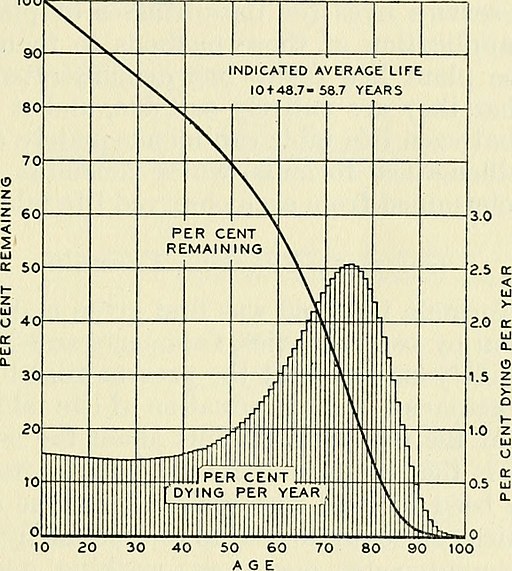Try These Tools from the Insurance Industry
The sharing of techniques and methodologies across industries can produce advances in successful applications, not only for the practice of analytics as a whole, but for individual firms. Practitioners in the areas of marketing and supply chain analytics, for example, can benefit from cross-hybridization with models from finance and healthcare.
Presented here are some recent examples where the team at First Analytics has found success by employing concepts and tools developed in the insurance industry. All of them relate to modeling risk. And though there are open source tools to do some of these, which at times we have used in parallel on these projects, all of the tools discussed below are available in SAS, within a unified platform. In fact, in developing these tools, the Research and Development department at SAS Institute consulted with actuaries and analysts in the industry, which is why some of the names of the procedures sound insurance-like.
Breaking out risk into Frequency and Severity
In the domain of safety analytics we often want to understand which sites pose the most risk to the public or employees. One of our clients was trying a neural network approach, with poor results, to understand the risk factors and predict future incidents. For actuaries, problems like these are broken into the sub-components of frequency and severity and modeled within a statistical distribution framework. Compared to some kinds of machine learning and predictive techniques, this approach has the appeal of producing probabilities of the associated sub-components, and at the same time, provide a quantification of the underlying causal factors. The models in our particular case performed exceedingly well and additionally offered interpretability, and therefore, easy acceptance by non-quantitative managers.
SAS Procedures: COUNTREG; SEVERITY; HPCDM (a newer procedure)
Exploring a range of outcomes using Monte Carlo simulation
Monte Carlo simulation is used more broadly than insurance, but it is fair to say that it has not taken as strong a hold in many industries outside of finance. The primary appeal is that it lets decision makers understand a range of outcomes, rather than a point estimate. Many poor decisions are made by naively relying on averages.
In one case we built an application for sales representatives in a manufacturing firm to understand the likelihood of achieving promotion executional objectives, after feeding a detailed annual plan into the software. In another case, we helped a company synthesize the results of many controlled experiments and “in the wild” tests of a new fuel conservation technology, to understand the full possibility of the financial returns. Again, an advantage over a point estimate.
SAS Procedures: UNIVARIATE and SEVERITY for distribution fitting.
Note: you may think the MCMC procedure is suited for this, but that is not necessarily true for the contexts we are talking about. The simulation itself can often be executed in simple data step code, once the distributional assumptions are established. PROC MODEL is also a useful tool.
Simulating with interrelated decision variables.
As an extension to the prior-mentioned promotional simulation case, the model for the simulation we set up needed to account for a correlated structure between the decision variables; they could not be treated as independent variables. A particular input value for one input would suggest a range of likely associated values amongst the other inputs. By treating these variables as coming from a multivariate distribution, we were able to dramatically reduce the number of unrealistic or even infeasible set of inputs and outcomes versus as if they were treated independently.
SAS Procedure: COPULA
None of the team at First Analytics is an actuary or has years of experience as an insurance analyst, but we have picked up a lot of good pointers from our friends in that industry.
We have mentioned that there are open source tools to do these, and we have employed them in some of these cases as well. But SAS offers a broad and unified platform for ALL kinds of analytics. Next time you peruse a SAS manual (if that’s your thing) don’t skip over the PROCs which at first blush don’t appear to apply to you.
